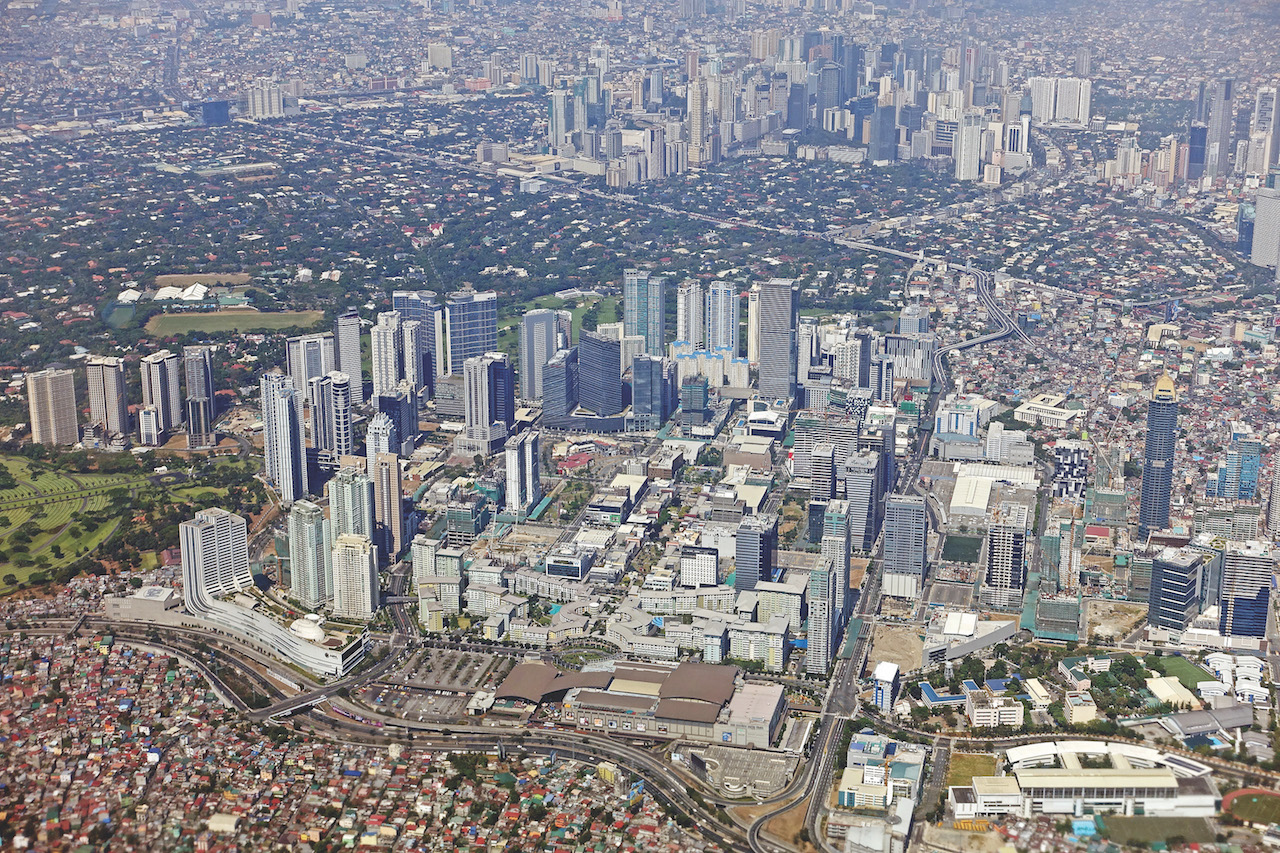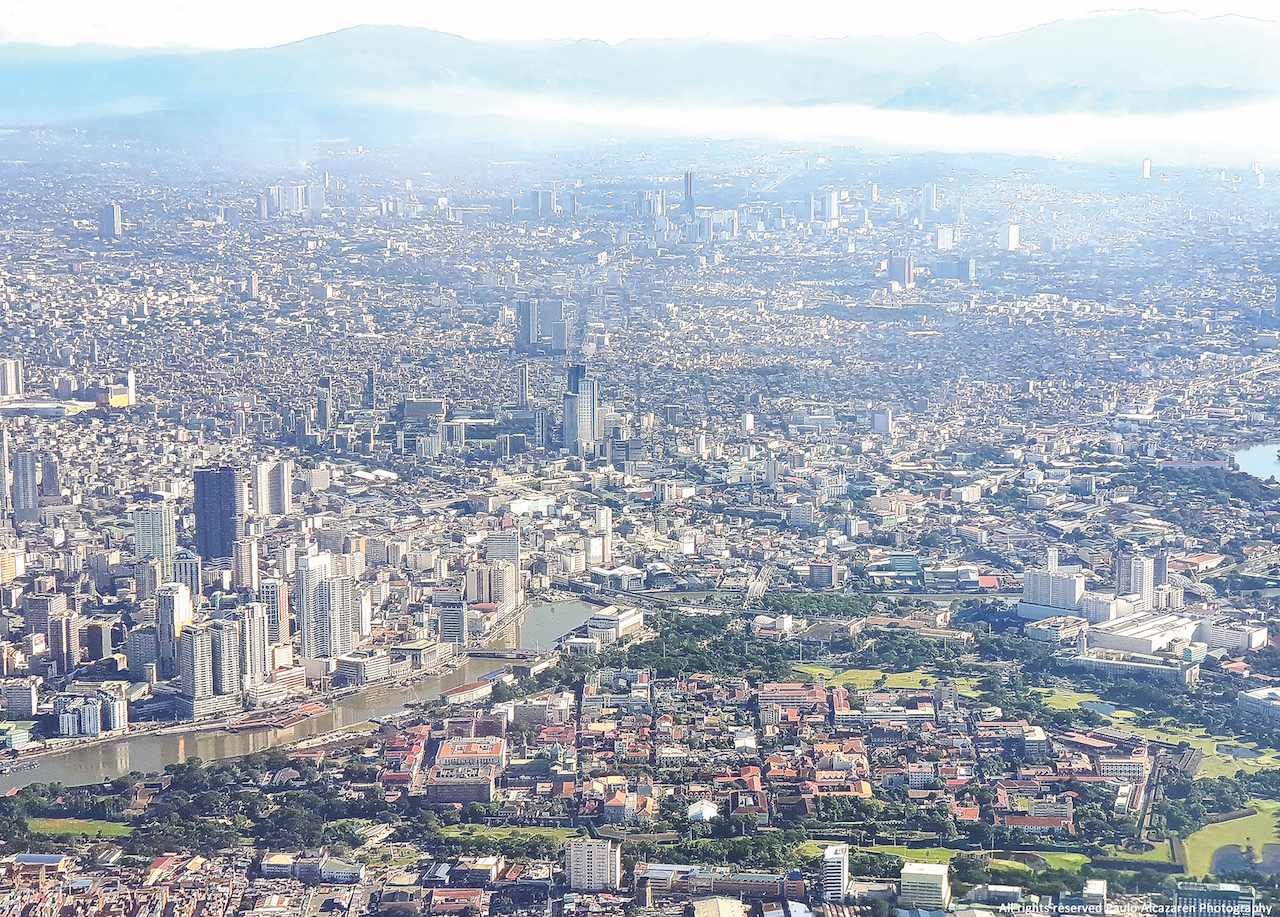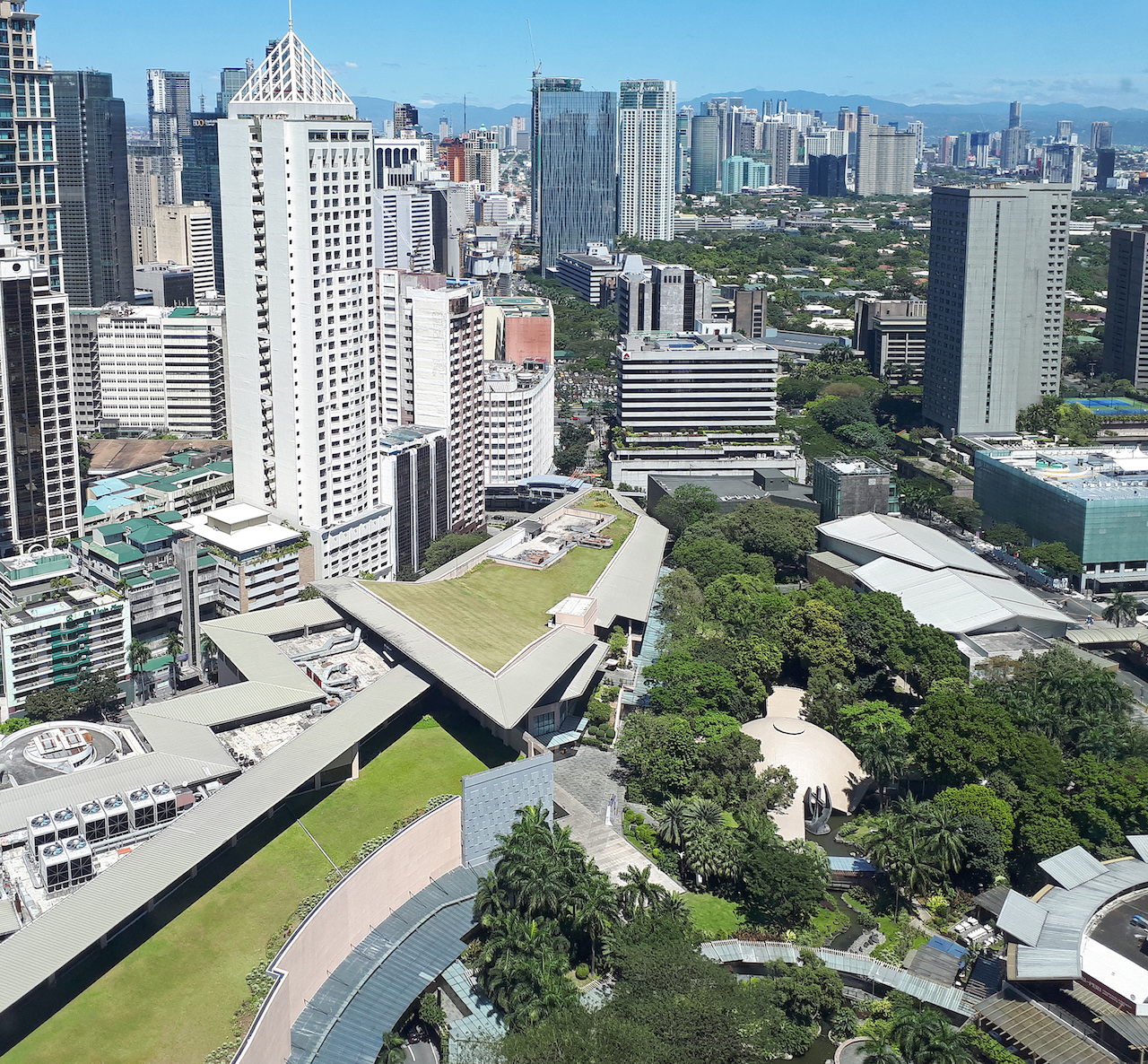(Paulo is a city planner, urban designer and landscape architect with over three decades of work in Southeast Asia. He is best known in the Philippines as the designer of the Iloilo Esplanade as well as urban design projects in the Makati and Ortigas CBDs.)
There are 145 cities and close to 1,500 municipalities in our country’s 81 provinces. The Philippines’ population is now mainly urban, a great shift from an archipelago of mainly rural folk living in barrios a half century ago. Six out of 10 Filipinos now live in towns and cities, which are increasing in density and complexity every year. This reality has led to changes in real estate and property development, changes that are both exciting and challenging.

The primary change in the way land is developed, from small parcels to large estates, is that they are now all mixed-use. Single-use developments are a thing of the past. Even the traditional single-detached home subdivision will include a town center. This will have retail and even commercial uses like small offices, if these development front a main road.
Township development is the new mantra, evolving from the nebulous “community” development of a few decades ago. All this just refreshes the centuries-old template set by the Laws of the Indies, which shaped our Spanish-era urban centers. What is new is that these townships are much more dense, and many contain medium and high-rise towers. These new urban cores, if they are not stand-alones like Eastwood or Trinoma, are surrounded by low-density development.
Suburban township developments are also aiming to become true TODs or transit-oriented developments. Unfortunately, these are currently based on shuttle services rather than the ideal commuter rail systems. MRT-7 and the extension lines of LRT-1 and MRT-2 would provide opportunities for this in the future.
Larger developments graduate into satellite central business districts or CBDs, of which Manila now has seven. The tandem of the older Makati CBD and upstart BGC have set the bar by which all others are developing. The older CBDs of Makati, Ortigas and Cubao, are themselves transforming with improved infrastructure and urban design, along with the replacement of older 12- to 20-story buildings with real skyscrapers of 40 to 60 stories.
The Makati CBD pioneered this with its innovative traffic segregation and pedestrian system that have progressed since the late 1990s. These enhancements of paid street and multi-level parking, computerized traffic signals, elevated and underground pedestrian systems, are meant to increase carrying capacity and address transport issues of both vehicles and pedestrians.
A number of urban centers like Ortigas are in fact incorporating bicycle lanes.
Satellite CBDs or multi-township developments are also a trend in other metros in the country. Metro Cebu and Metro Davao lead the way, with smaller metropolitan areas following suit — Angeles, Bacolod, Baguio, Batangas, Cagayan de Oro, Dagupan, Iloilo-Guimaras, Naga, and Olongapo.
Akey impetus for the dramatic change in all Philippine urban and even suburban centers is the rise of call centers or BPOs. The nature of its 24/7 operations and the demographic of its workforce have transformed the complexion of our cities. Our urban centers don’t sleep anymore — they are constantly alive, fueling fast-food outlets, convenience stores, bars, bistros and cafes, many of which never close.

Another game changer in many of our urban centers is the evolution of student housing in condominiums. This phenomenon can be seen in high-rise residential towers surrounding key colleges and universities like the La Salle/Benilde/St. Scholastica cluster in southern Manila, around the University of Santo Tomas and the University Belt in central Manila, and the Ateneo/Miriam/UP cluster in Diliman. Smaller scale but similar development has risen around comparable sites in other metros nationwide. Land banking by developers for this purpose is also on the uptick. These institutions also serve as sources of manpower for BPOs.
Aside or because of the growth of the economy and increasing population, another driver for physical development is infrastructure. The government’s Build, Build, Build initiatives are producing the transport and utilities infrastructure necessary for the growth of metropolitan centers nationwide. What is necessary soon, however, and at regular intervals thereafter, is the recalibrating of development goals at the regional level.
These infrastructure enhancements are huge in terms of investment and a regular review is necessary for government planners to calibrate regional, provincial and LGU goals. By law, these reviews are embedded in development planning processes required for CLUPs (Comprehensive Land Use Plans). Private real estate developers are among the key stakeholders that need to be included in the long process CLUPs go trough.
Finally, one of the greatest challenges that face real estate development is the supply side — the availability of developable land. As cities and towns expand, the urban fringe encroaches on agricultural, forest and conservation areas. The pressures that bear, pushing urbanization outwards, has led to environmental impacts that result in degradation of air and water quality, as well as quality of life indicators.

Land conversion is difficult to justify and harder to achieve. Dealing with hundreds of property owners for consolidation of estates is another challenge. It is therefore not surprising that reclamation has emerged as a desired avenue for land consideration.
The large investments and technical difficulties of the process of reclaiming land from the sea are offset by the speed at which immense tracts of land can be consolidated. Added to this is the fact that geometries of these reclaimed lands can be shaped almost at will to achieve high yields for sellable plots. The downside of reclamation is, of course, the even larger context of environmental impacts and this will affect sustainability at regional and national levels.
All the challenges to real estate and sustainable development have to be addressed from both the public and private sides of the equation. A viable planning framework for urban development is, of course, a necessity. The Laws of the Indies cannot apply in today’s realities of large population growth, demographic shifts, and the rapidity of urban development.
It will help that the government, through RA 11201, has created the Department of Human Settlements and Urban Development (DHSUD). The rationalization of the process of development under one roof should reduce red tape, but this can only benefit all stakeholders if urban or human settlement frameworks are based on sound policies and backed up by research and data from the Philippine experience.
What is needed too is innovation in architecture, urban design, landscape architecture and planning, all within the local context of Filipino culture, and hopefully leading to the redefinition of a sense of purpose and community.
These are the challenges of real estate and property development. Our towns and cities hold the future for all Filipinos and those that are inclined to invest in our country. We live in exciting times and where we will live, work and play will bring that excitement.
